In the mysterious world of animal navigation, birds have long been celebrated for their remarkable ability to sense Earth’s magnetic field, helping them traverse thousands of miles during migration with pinpoint accuracy. However, recent scientific discoveries have revealed a surprising creature that shares this extraordinary sense—a slithering reptile known as the eastern ratsnake (Pantherophis alleghaniensis). This remarkable discovery has fascinated scientists and wildlife enthusiasts alike, opening new doors to understanding how diverse animals perceive and interact with magnetic fields. As we explore this unique sensory ability in snakes, we’ll uncover how these reptiles, despite lacking the conventional equipment birds use for magnetoreception, have evolved their own way of sensing our planet’s invisible magnetic force lines.
The Discovery of Magnetic Sensing in Snakes

The groundbreaking research that first identified magnetic sensing in snakes came from a team at the University of North Carolina at Chapel Hill, led by herpetologist William Hare in 2019. The scientists were initially investigating how eastern ratsnakes navigate back to their dens after being displaced, a behavior that had puzzled researchers for decades. Through a series of carefully designed experiments, the team discovered that these snakes could maintain their directional heading even when visual cues were eliminated. The most compelling evidence came when the researchers exposed the snakes to artificially manipulated magnetic fields, which caused predictable changes in the snakes’ directional choices. This watershed moment in reptile research demonstrated conclusively that snakes, like birds and sea turtles, possess a functional magnetic compass that aids in navigation.
Understanding Earth’s Magnetic Field

To appreciate how the eastern ratsnake’s magnetic sensing works, we must first understand Earth’s magnetic field itself. Our planet generates a vast magnetic field that extends from the iron-rich inner core out into space, creating what scientists call a magnetosphere. This invisible force field features magnetic north and south poles and produces lines of magnetic force that flow from south to north. The strength and inclination (or dip) of these magnetic field lines vary depending on geographic location, providing potentially useful navigational information. For animals with magnetoreception, these variations create a complex but reliable global positioning system that remains constant even during night, cloudy conditions, or in environments with few landmarks—precisely the conditions where traditional navigation methods might fail.
The Eastern Ratsnake: A Magnetic Navigator
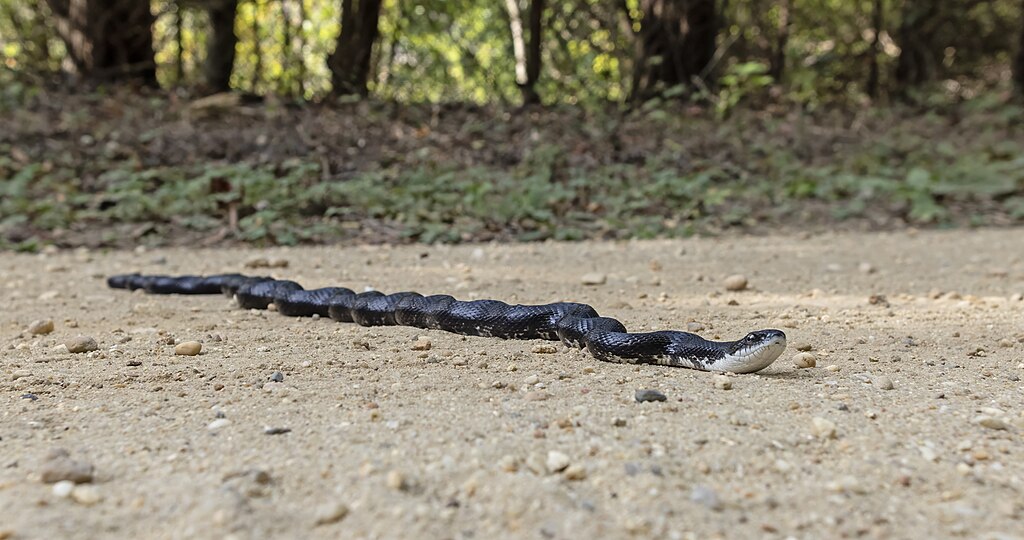
The eastern ratsnake, formerly known as the black rat snake, is a large, non-venomous constrictor native to North America. These adaptable reptiles can grow up to six feet long and inhabit diverse environments from forests to farmlands across the eastern United States. Eastern ratsnakes are known for their exceptional homing ability, often returning to the same winter hibernation dens year after year, sometimes traveling several miles to reach these specific locations. Their seasonal migrations between summer feeding grounds and winter dens represent significant navigational challenges, particularly in dense forests where visual landmarks may be obscured. The discovery of their magnetic sensing ability provides a compelling explanation for how these snakes maintain such reliable navigation patterns across varied terrains and changing seasonal conditions.
How Snakes Detect Magnetic Fields

The exact mechanism by which eastern ratsnakes detect magnetic fields remains one of the most fascinating aspects of this research and is still being investigated. Unlike birds, which are thought to use specialized cells containing magnetite (a naturally magnetic mineral) in their beaks, or light-sensitive proteins called cryptochromes in their eyes, snakes appear to have developed their own unique approach. Current research suggests that snakes may possess magnetite-containing cells distributed throughout their bodies, particularly along their spine or in their skin. Another hypothesis proposes that specialized neurons in the snake’s brain respond directly to the alignment of magnetic fields. Some scientists have also suggested that snakes might combine multiple sensing methods, using both magnetite-based receptors and light-dependent mechanisms that involve their unique overlapping scales, which could potentially function as micro-lenses focusing light onto sensitive cells beneath.
Comparing Bird and Snake Magnetoreception

While both birds and snakes can sense magnetic fields, the mechanisms and applications of this ability show fascinating differences between these evolutionarily distant animals. Birds primarily use their magnetic sense for long-distance migration, sometimes navigating thousands of miles with remarkable precision. In contrast, eastern ratsnakes employ their magnetic sense for more localized navigation, typically within a range of several miles. The neurological processing also differs significantly—birds have a specialized region in their brain called “Cluster N” that processes magnetic information, while snakes process this information through different neural pathways. Additionally, birds appear to use a dual system combining magnetite-based receptors with light-dependent mechanisms in their eyes, whereas snakes may rely more heavily on magnetite-based reception. These differences highlight how convergent evolution has produced similar capabilities through different biological pathways.
Experimental Evidence of Snake Magnetoreception
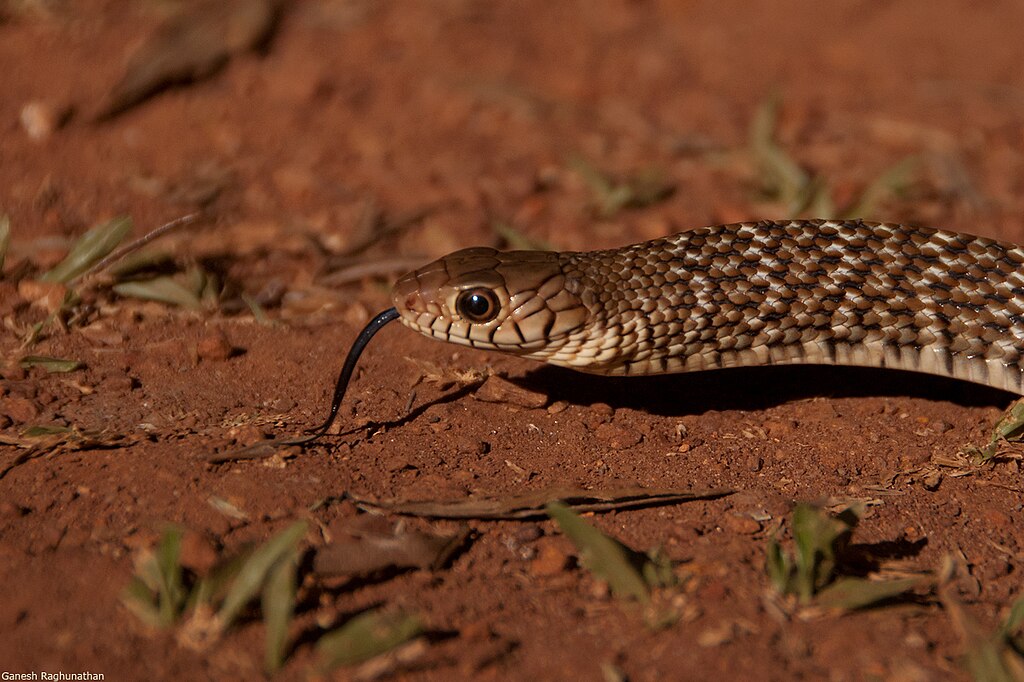
The scientific evidence supporting magnetic sensing in eastern ratsnakes comes from a series of ingenious experiments designed to isolate magnetic sensing from other navigational cues. In controlled laboratory settings, researchers placed snakes in circular arenas surrounded by electromagnetic coils that could generate artificial magnetic fields. When exposed to these manipulated fields, the snakes consistently altered their directional preferences in predictable ways, demonstrating that they were indeed responding to magnetic cues. Further experiments involved fitting snakes with tiny helmets made of mu-metal, a special alloy that blocks magnetic fields from reaching the head, which significantly impaired their directional abilities. Perhaps most convincingly, when researchers reversed the horizontal component of the magnetic field in the testing arena, snakes changed their directional preference by approximately 180 degrees—a clear indication that they were using magnetic field information to orient themselves rather than relying on other environmental cues.
Ecological Advantages of Magnetic Sensing
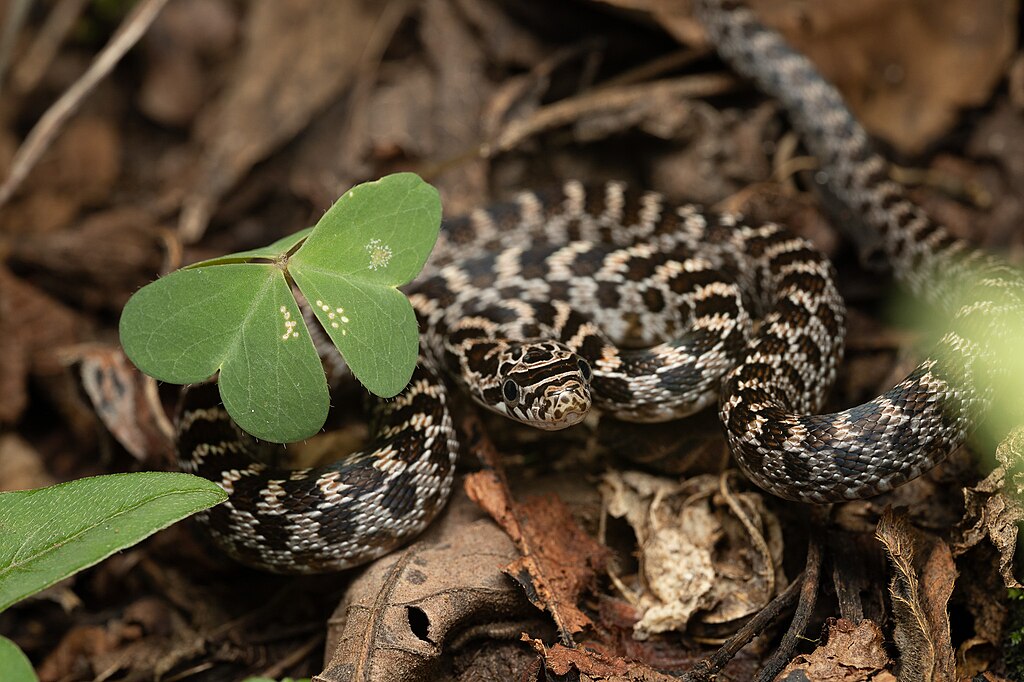
The ability to sense magnetic fields provides eastern ratsnakes with several significant ecological advantages that enhance their survival. First and foremost, magnetic navigation allows these snakes to locate their hibernation dens with high precision, a critical ability given that suitable winter shelters that protect them from freezing temperatures are relatively rare in their habitat. This magnetic sense also helps them maintain efficient movement patterns while hunting, enabling them to explore new territory without losing their way back to familiar areas. Additionally, magnetic navigation may help juvenile snakes disperse from their birth areas while still being able to locate suitable habitat types. From an evolutionary perspective, snakes with more accurate navigation abilities would likely have higher survival rates, especially during seasonal transitions, which would gradually strengthen this trait within the population through natural selection.
Other Animals with Magnetic Sensing Abilities
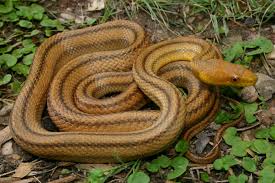
Eastern ratsnakes join an elite club of animals known to possess magnetic sensing abilities, a diverse group that spans multiple branches of the evolutionary tree. Beyond the well-documented cases in migratory birds like European robins and homing pigeons, magnetic sensing has been confirmed in sea turtles, which use it to navigate vast ocean distances and return to their natal beaches for nesting. Various fish species, including salmon and trout, rely on magnetic detection for their impressive spawning migrations. Among mammals, evidence suggests that some bats, mole rats, and even large mammals like deer and cattle may orient using Earth’s magnetic field. Perhaps most surprisingly, certain invertebrates including honeybees, lobsters, and some mollusks have demonstrated magnetic sensing abilities. The widespread occurrence of magnetoreception across such diverse animal groups suggests that this sensory capability has evolved independently multiple times, highlighting its substantial adaptive value.
Evolutionary Origins of Snake Magnetoreception

The evolutionary history of magnetic sensing in snakes presents a fascinating scientific puzzle that researchers are still working to solve. Genetic studies suggest that the capability may have emerged relatively early in snake evolution, possibly dating back 20-30 million years to when ancestral colubrids (the family that includes ratsnakes) first appeared. The development of this sense likely coincided with the expansion of snakes into temperate regions where seasonal hibernation became necessary for survival. Paleomagnetic evidence indicates that Earth’s magnetic field has undergone numerous reversals and fluctuations throughout geological history, suggesting that snakes’ magnetic sensing system needed to be adaptable rather than fixed to specific field parameters. Comparative studies with other reptiles have found preliminary evidence that some lizard species related to snakes also possess rudimentary magnetic sensing, which could indicate that the basic neural architecture for magnetoreception predates the snake lineage itself.
Research Challenges and Future Directions
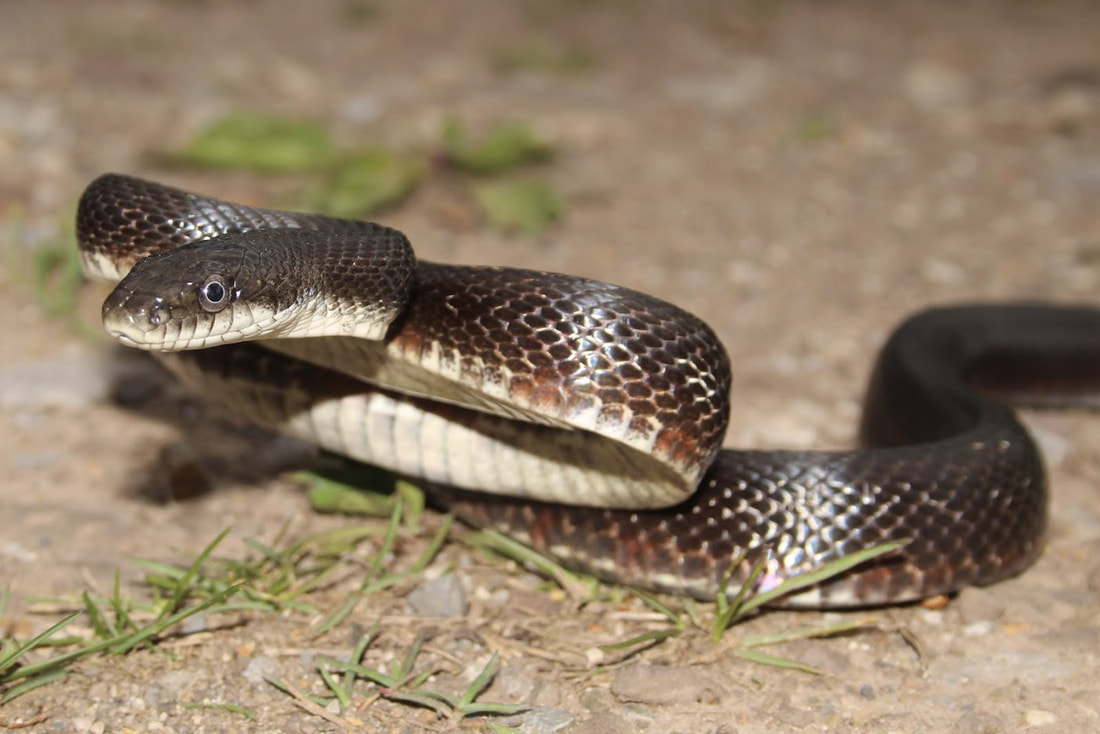
Scientists studying magnetoreception in eastern ratsnakes face several significant challenges that make this field particularly difficult to advance. One major obstacle is the microscopic nature of the theoretical magnetoreceptor cells, which have proven exceptionally difficult to identify and isolate in tissue samples. Additionally, snake behavior is notoriously variable and complex to interpret in laboratory settings, requiring researchers to develop innovative experimental designs. Looking to the future, scientists are pursuing several promising research directions, including neuroimaging studies to identify which brain regions activate in response to magnetic stimuli. Genome sequencing projects are searching for genes associated with magnetoreception, which could provide clues about the molecular basis of this sense. Perhaps most excitingly, some researchers are developing non-invasive methods to track wild snakes’ navigation in real-time while simultaneously measuring local geomagnetic conditions, which could reveal how these animals use their magnetic sense in natural settings.
Practical Applications of Understanding Snake Magnetoreception

The discovery of magnetic sensing in snakes has potential applications that extend well beyond pure scientific curiosity. In wildlife conservation, understanding how eastern ratsnakes navigate could help design more effective wildlife corridors and habitat preservation strategies that account for their movement patterns and hibernation site requirements. For human technology, snake magnetoreception offers a biological model for developing new types of magnetic sensors that operate with minimal power requirements and in diverse environmental conditions. The medical field has also taken interest, as understanding how biological systems detect magnetic fields could potentially inform the development of new diagnostic tools or treatments. Some researchers have even suggested applications in robotics, where snake-inspired navigation algorithms could help autonomous vehicles navigate in environments where GPS signals are unreliable, such as underwater, in caves, or even on other planets.
Threats to Snakes’ Magnetic Navigation

As humans increasingly modify the natural environment, several anthropogenic factors may potentially interfere with snakes’ magnetic navigation abilities. Electromagnetic pollution from power lines, cellular networks, and other electronic infrastructure generates artificial magnetic fields that could potentially confuse or disrupt the snakes’ natural sensing capabilities. Large metal structures like bridges and buildings can create local magnetic anomalies that might serve as unintentional navigational barriers for magnetically sensitive animals. Climate change represents another potential threat, as shifting temperatures may alter hibernation patterns and force snakes to navigate to new, unfamiliar denning sites. Perhaps most concerning, some research suggests that even relatively weak electromagnetic fields from common household devices could potentially affect magnetoreception in sensitive animals. Scientists are now working to determine threshold levels at which these artificial electromagnetic fields might interfere with natural navigation, information that could inform future environmental regulations and infrastructure planning.
Conclusion: Redefining Our Understanding of Snake Senses

The discovery that eastern ratsnakes can sense Earth’s magnetic field fundamentally transforms our understanding of these remarkable reptiles and their sensory world. Beyond adding another fascinating chapter to the story of animal navigation, this finding challenges us to reconsider how we view snake cognition and sensory capabilities. Rather than simple creatures navigating primarily by scent and vision, we now understand snakes as sophisticated navigators that integrate multiple sensory inputs—including the invisible force of magnetism—to create their perception of the world. As research continues to unravel the mysteries of snake magnetoreception, we’re likely to discover even more surprising capabilities in these ancient reptiles. For scientists and nature enthusiasts alike, the magnetically sensitive eastern ratsnake serves as a powerful reminder that the natural world remains full of wonders waiting to be discovered, often hiding in plain sight among creatures we thought we understood.





